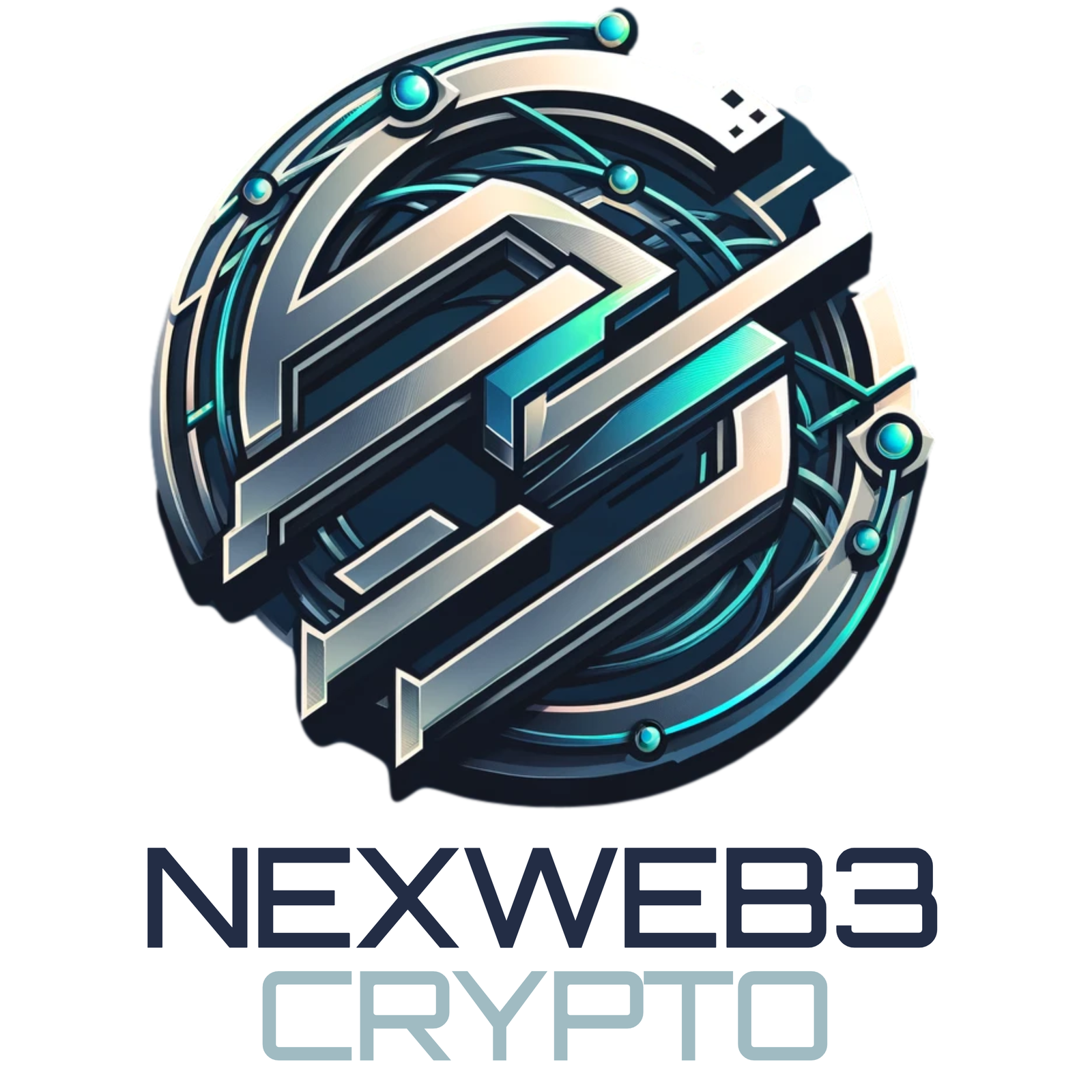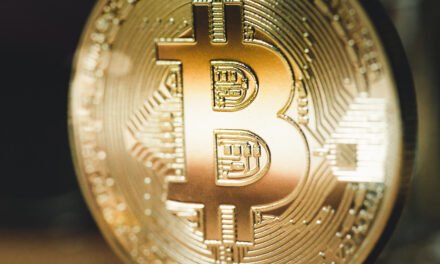Stable coins have become an essential element in the world of cryptocurrency due to their ability to bridge gaps between traditional fiat currencies and volatile digital assets. At its core a stable coin is designed with features that allow it maintain consistent value by pegging itself against stable assets like gold or government issued currencies. This unique feature addresses one major challenge faced by crypto – price volatility- which has been hindering widesp adoption among both retailers as well as institutional investors alike. By offering greater stability through these tokens, we can expect wider acceptance within mainstream finance systems soon enough!

Stable coins are an intriguing aspect of cryptocurrency that have gained popularity due to their ability to maintain a stable value. But how do they achieve this feat? The answer lies in three primary methods: collateralization, algorithmic stabilization and fiat backed systems. Collateralized stablecoins hold reserves such as traditional assets or crypto currencies which serve as backing for each token issued; one example being where one token is backed by one US dollar held in reserve. Algorithmic stablecoins rely on smart contracts that dynamically adjust supply based on market demand – expanding or reducing the total supply so as to stabilize prices effectively. Lastly, fiat backed models directly tie their worth to conventional currencies through regular audits and transparency measures ensuring reliability even amidst unpredictable markets. Each approach has its own strengths and weaknesses but ultimately serves the same purpose- creating a trustworthy alternative currency option.
The world of stable coins is vast and varied with several models available for investors to choose from. These include fiat collateralized options like Tether (USDT) or USD Coin (USDC), which are backed by central banks’ currencies; crypto collateralized choices such as DAI that leverage other cryptocurrencies as security measures; algorithmic alternatives based on complex mathematical algorithms; and even commodity backed options linked directly to precious metals like gold or silver. among others. Each model has its own unique benefits and drawbacks, making it essential for investors to carefully consider their preferences before choosing one over another. For instance, while fiat collateralized options offer stability through government backing they may not be entirely decentralized whereas crypto collateralized ones provide greater autonomy but come with higher volatility risks due to the nature of underlying assets used in securing them. Ultimately, understanding these differences can help investors make informed decisions about how best to diversify their portfolios using stablecoins.
Stable coins have revolutionized the way we conduct business transactions by providing a range of benefits that traditional banking cannot match. These tokens allow users to send money across borders without incurring high fees or experiencing significant price fluctuations while also facilitating seamless trading on decentralized exchanges. Additionally companies are increasingly adopting stablecoin payment solutions as they eliminate foreign exchange risks and delays associated with cross border payments. With these innovative tools at our disposal it is clear why so many people are turning towards this technology for their financial needs.
While stable coins offer many benefits they also come with significant risks that should not be ignored. Governments are currently examining these projects closely to ensure consumer protection and financial stability measures are in place while simultaneously addressing any potential systemic threats posed by their use. Additionally, if a widely used stable coin were compromised through hacking or mismanagement of reserves it could cause major market disruptions across various industries. Therefore caution is necessary when considering investment options involving this type of cryptocurrency.
The future of stable coins is one that will continue to evolve rapidly as trends indicate. With increasing regulatory frameworks being established worldwide alongside growing interest from institutional investors seeking safer avenues within crypto markets there may be an enhanced credibility for these digital assets in the near future. Innovations are likely around decentralization improvements aimed at bolstering trust while further integrating blockchain technology into mainstream finance. Predictions suggest this could lead to exciting developments and advancements in this sector over time.
The benefits of understanding stable coins extend beyond just crypto enthusiasts – anyone interested in exploring this dynamic financial landscape can do so with confidence! With knowledge comes power and stability is key to navigating any uncharted territory. So take the time today to educate yourself on how these unique digital assets work; its worth it for your future success!






